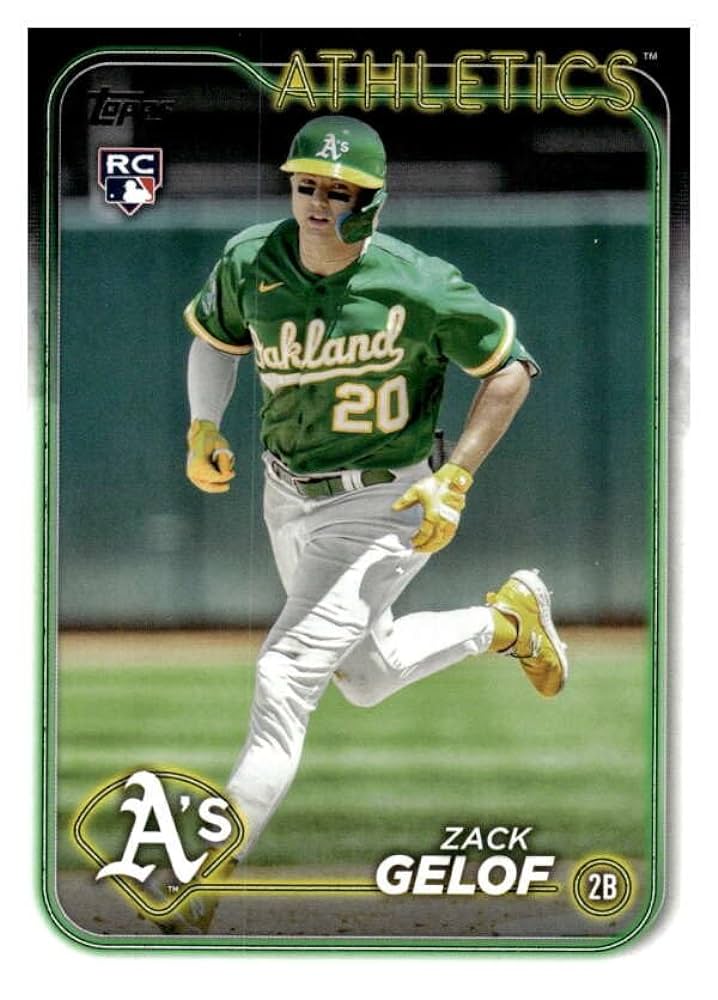Late last year, major league baseball owners approved a planned move of the Oakland A’s to Las Vegas. News around whether this is certain to happen, and where the A’s will play between 2025 and 2027 before a major league baseball stadium is built in Las Vegas, seemed to change almost daily before it was determined they’d play in Sacramento through 2027, and possibly beyond, depending on whether a stadium (and indeed move to) Las Vegas is completed. This doesn’t necessarily mean Oakland won’t have a major league baseball team after this year, or 2027. One of the numerous options that at least has been posed is for MLB to make sure one of the two next expansion teams goes to Oakland.
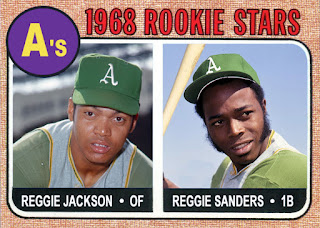
That might seem like an odd roundabout way to keep big league baseball in Oakland, but there are precedents where a city lost a team and gained one back pretty quickly. These are:
Famously, the New York area lost both the Brooklyn Dodgers and the New York Giants to Los Angeles and San Francisco respectively in 1958. The National League was without a New York team for just four years, with the Mets becoming an expansion team in 1962. Politics are involved in the Oakland-Las Vegas move, and they were involved in the inauguration of the New York Mets too. It was pretty complex, but basically Branch Rickey, perhaps the most famous baseball executive of all time (including with the Brooklyn Dodgers in the 1940s and 1950s), was spearheading the formation of a third major league, which would have had a team in New York. The major leagues responded by expanding by four teams in the early 1960s (two in the NL, two in the AL), including the New York Mets for the NL. That ended the Continental League’s plans to form a league of its own.
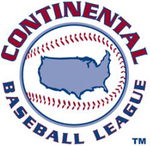
As part of this early-’60s expansion, the Washington Senators replaced — the Washington Senators. The Senators that had been in the American League since it was formed moved to Minnesota and became the Twins, and an entirely different franchise, also named the Senators, became one of the two AL expansion teams in 1961. So Washington didn’t miss a year of major league baseball, though the Twins quickly became good, and the new Senators had just one winning year (in 1969). The “just one” is a hint that this isn’t the greatest example to hearten Oakland baseball fans, since the expansion Senators lasted just eleven years before moving to Texas and becoming the Rangers in 1972. Washington, DC was then without baseball for more than thirty years before the Montreal Expos moved there to become the Nationals.
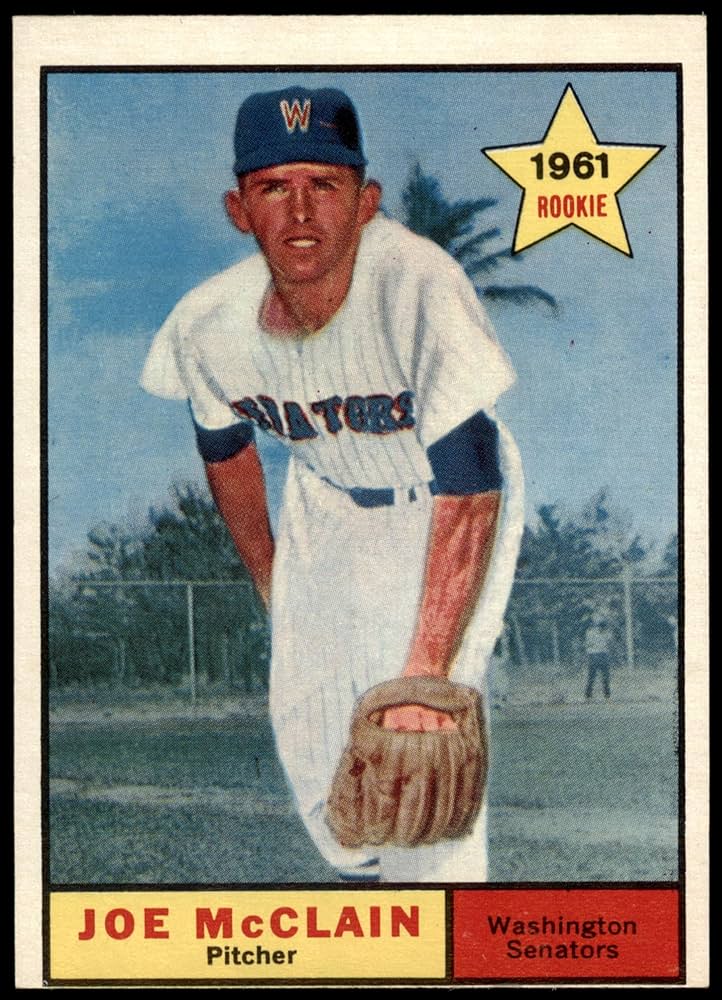
There’s another precedent tied closely to the history of the Oakland A’s. The franchise started in Philadelphia, moving to Kansas City in 1955. Lasting thirteen years, the Kansas City A’s had one of the least successful stints in major league history, never having a winning season, and not developing top stars, although there were some players who were good for a few years, like Dick Howser. When they started to promote major talents like Bert Campaneris, Reggie Jackson, Catfish Hunter, and Sal Bando to the majors, the franchise would turn around — but not get above .500 until moving to Oakland in 1968, where they had a winning season, and were soon perennial contenders, winning three straight World Series in 1972-74.
But Kansas City was only without a team for a year. The Royals became an expansion team in 1969, and they’re still there. They were almost as bad as the A’s last year, and are having issues of their own in establishing a new stadium. But there hasn’t been talking of them moving, and they recently made a major commitment to their future by signing young star Bobby Witt to a huge long-term contract, the kind of thing that’s not a remote possibility with the current A’s ownership. That quickly paid off when the Royals made a remarkable turnaround and made the playoffs, just a year after losing 106 games.
The quick installment of the Royals also had a political dimension. A Missouri senator threatened to introduce legislation threatening baseball’s antitrust exemption. This might have hastened baseball’s expansion to 24 teams in 1969, though even after expansion was approved in late 1967, the initial idea was not to do so until 1971.
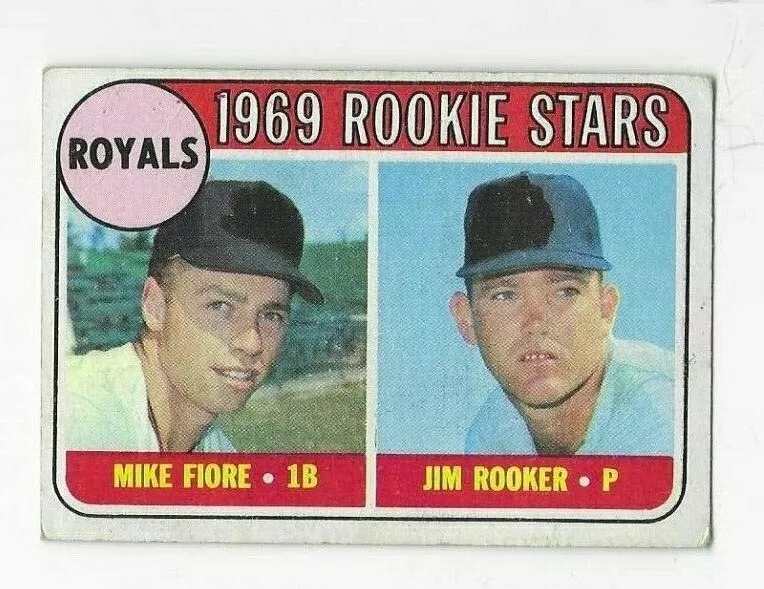
Arguably the least successful stint a team had in a city in major league history was in 1969, when the Pilots played in Seattle for just one year. However, they then filled a gap in another city that had lost a major league team, Milwaukee, where the Boston Braves had relocated in 1953. The Braves moved to Atlanta in 1966, although they ‘d been very heavily supported by Milwaukee fans in the 1950s, when the Braves won the World Series in 1957. Milwaukee was only without a team for four years before the Seattle Pilots became the Milwaukee Brewers in 1970.
The Pilots finished last in the division their only year in Seattle, playing in a small and substandard stadium and not drawing well attendance-wise. This iteration of the team would have been largely forgotten if not, of course, for Jim Bouton being on the Pilots for most of 1969, as documented in one of the best and best-selling baseball books of all time, Ball Four. Seattle wasn’t entirely pleased with losing a team so quickly, however, and in 1977, the Mariners moved in when the American League added two teams. That’s a pretty long gap between teams—seven years—but it wasn’t eternal, and the Mariners are still there.
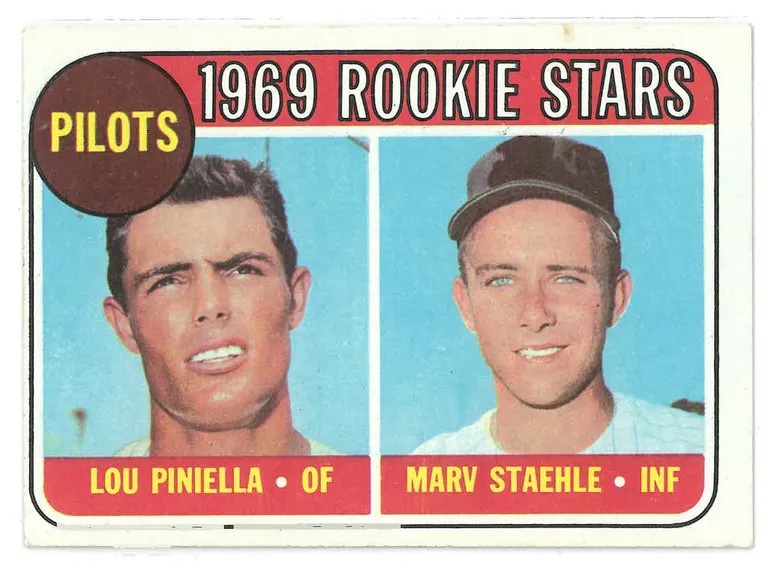
Since the expansion Senators moved to Texas, there’s been only one franchise move (not counting the current A’s relocation to Sacramento), when the Montreal Expos moved to Washington in 2005 to become the Nationals. Montreal, however, hasn’t gotten a replacement team, in part because baseball itself hasn’t expanded in about a quarter century. Montreal’s usually near the top of the list when future expansion cities are speculated, and also when there are rumors an existing team will relocate, such as ones surrounding Tampa Bay in recent years. That’s no guarantee that Montreal will get a major league team again.
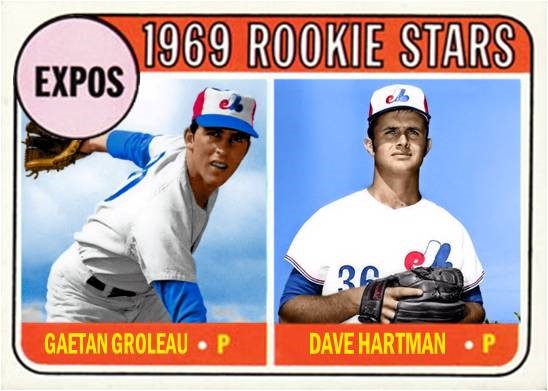
While these precedents might slightly cheer Oakland baseball fans hoping there won’t be any years without major league baseball in the city, or very few years before there’s a replacement expansion team, there also instances when a team wasn’t replaced besides Montreal. Unfortunately, these were all within regions that, like the A’s, were one of multiple teams within a metropolitan area. They’ve all been referred to in passing in this post:
New York had three teams through 1957, if you’re counting Brooklyn as part of New York, which basically everyone does. They got one team back with the Mets, but never a third. There’s often speculation New York could support three major league baseball teams, with the third one being not in the Bronx (where the Yankees are) or Queens (where the Mets are), but in Brooklyn, or maybe in northern New Jersey, a la the Brooklyn Nets in the NBA.
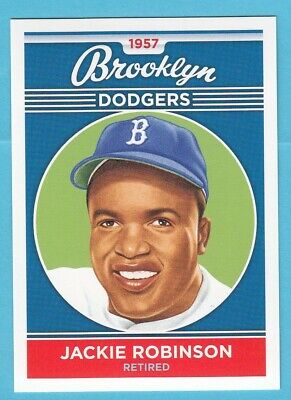
Boston had two teams through 1952, when the Braves moved to Milwaukee. It’s not a huge city, ranking about 25th in the US in size, and it could be questioned whether it could have ably supported two teams, certainly in the mid-20th century. Given the success of the Red Sox, Celtics, and Patriots in developing a big fan base that encompasses all of New England, it could be argued that the region could actually support two major league teams now. But that never seems to be discussed as an expansion option.
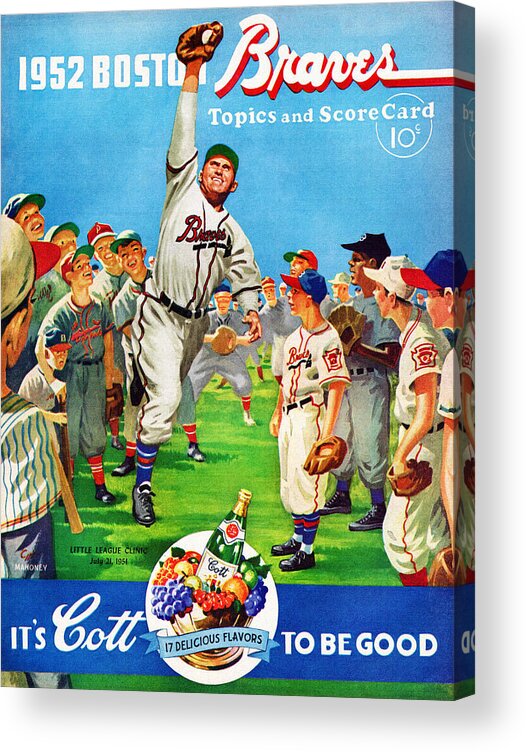
And getting back to the A’s history, Philadelphia had two teams before 1955. It’s a bigger city than Boston, about sixth in the country. Its metropolitan area is substantially bigger than the San Francisco Bay Area. It’s unimaginable an expansion team would land there, in part because of objections from the Phillies (as the Red Sox might object to another New England team), but also in part since Philadelphia’s already pretty close to another franchise, Baltimore, and not terribly far from Washington and New York.
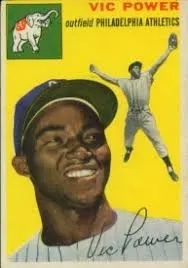
There’s always been some uncertainty about whether both the San Francisco Giants and the Oakland A’s can comfortably draw crowds on a longterm basis when both are situation in the San Francisco Bay Area, about a dozen miles from each other. The Giants’ future has never been in doubt since a new stadium opened around the dawn of the 21st century, though they had some shaky times that almost saw them move to Toronto in the mid-1970s, and then Tampa-St. Petersburg early 1990s. The A’s have had some hard times too, especially when Charlie Finley sold off their stars in the mid-to-late 1970s and their games were even briefly broadcast by a college station. As hard as it might be to believe after the A’s struggled to draw more than a few thousand (or sometimes even that) to their games the last couple years, they’ve also had some years where they’d drawn very heavily—almost three million in 1990, and two million as recently as ten years ago. A healthy Oakland franchise, and admittedly a heavily renovated or new stadium, would draw well now.
Will that happen, whether Oakland gets an expansion team or somehow stays put? There are too many variables to predict—a viable ownership group and construction of a good new stadium being among the most important— and it could take five years or more to fully play out. Another complication is that San Jose and Sacramento would very much like to have major league teams. Both cities are fairly close to Oakland, but not so much that fan bases would substitute one for another. Getting a stadium in place is especially key — the Giants, Dodgers, Angels, Astros, and Mets, to name a few examples, only played in small and/or outdated parks for a few years after they moved or began as expansion teams, and might not have been able to stay in their areas permanently had new and better ones not been built specifically for them.
With all the precedents I’ve cited, a final thing to note is that I don’t really recall any precedent for the Oakland A’s’ current situation. There will be three or possibly even more (if the Las Vegas stadium isn’t finished) years as a sort of lame duck team, with little chance present ownership will invest heavily in payroll, afford or attract free agents, or sign young talent like surprising new slugger Lawrence Butler to longterm deals. There will be three or possibly more years where they play only temporarily in Sacramento. It’s not good for major league baseball, whether you live here in the Bay Area or not, and no matter how you feel about the Oakland A’s and their long history.
